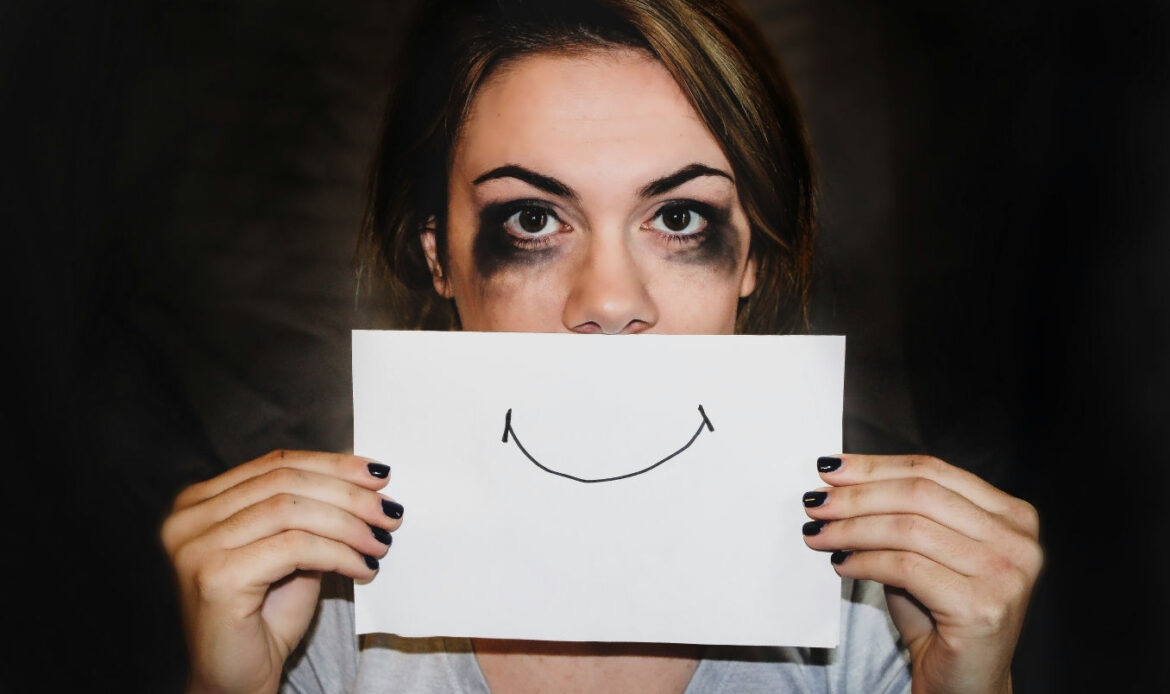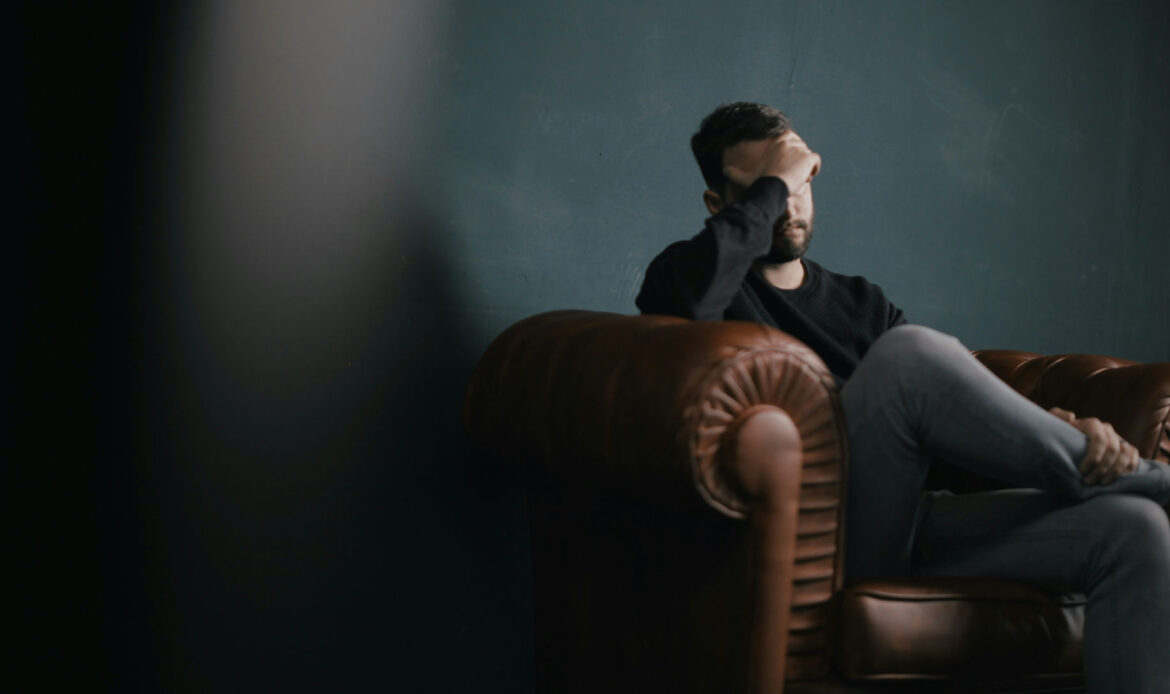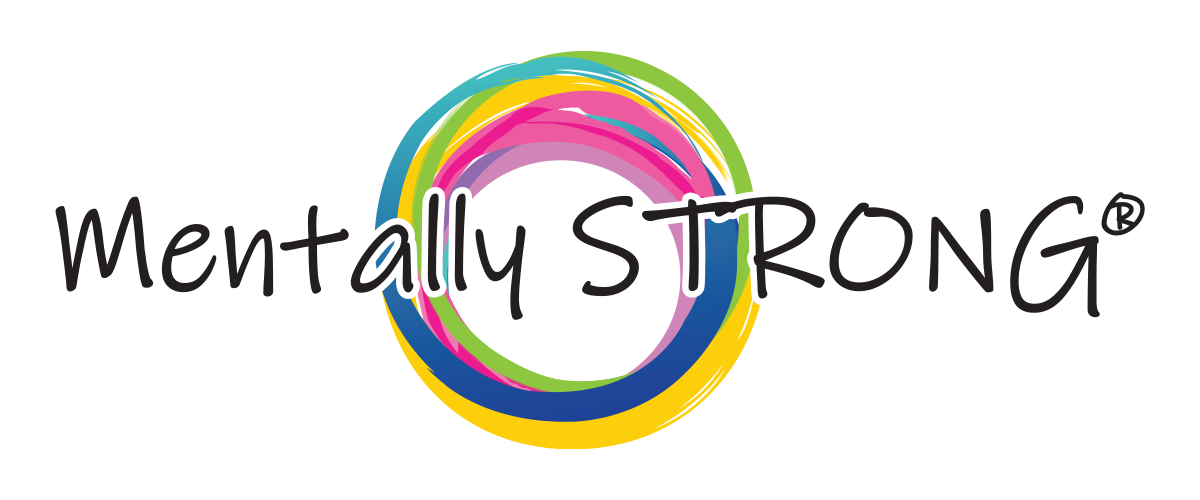Defining Situational Anxiety and How It Differs from Anxiety Disorders
You might have been told that anxiety is “bad” or something to get rid of, but let’s take a different approach. Anxiety, especially situational anxiety, is your body’s way of keeping you alert. Picture the last time you felt your heart race before a big meeting or your stomach flutter before a first date. Situational anxiety is just that—a temporary response to specific events. Once the situation is over, your anxiety usually settles down.
But how does this differ from the anxiety that sticks around? Unlike situational anxiety, general anxiety doesn’t need a particular trigger to make you feel on edge. It can hover in the background, sometimes making you feel uneasy even when nothing specific is happening. Understanding these differences can empower you to take the steps you need to work with your anxiety, rather than against it. Let’s explore how you can begin to recognize and manage situational anxiety, so you can feel more at ease and in control when life gets intense.
What Is Situational Anxiety?

Think about a moment when you felt like you couldn’t breathe before a big presentation, or when your palms got sweaty before a difficult conversation. These are real, physical reactions to situational anxiety. It’s our body’s way of preparing for something we see as a challenge or threat, even if that threat is just in our mind. Situational anxiety is like your body’s signal that says, “Hey, pay attention! This matters to you.”
It doesn’t mean that you’re weak or flawed—on the contrary, it’s a reminder that you care deeply about what’s happening in your life. And while it may feel uncomfortable, knowing that it’s a temporary reaction to a specific situation can help you manage it more effectively. So, the next time you feel situational anxiety kicking in, take a moment to recognize it as a normal part of being human.
Situational Anxiety vs. Anxiety Disorders: Key Differences
Since both situational anxiety and an anxiety disorder can feel intense and uncomfortable, it’s only natural to confuse the two. But there are key differences. Situational anxiety is just that—it’s tied to certain situations, and it usually fades away once you’re no longer in that situation. It’s like a surge of adrenaline before a challenge, helping you stay focused and alert.
An anxiety disorder, on the other hand, can feel like it’s lingering around, even when there’s nothing specific to worry about. It’s that feeling of unease that can show up uninvited and stick around longer than you’d like. Understanding this difference can be empowering. If you’re experiencing something that goes beyond situational anxiety, that’s okay too. There are supportive ways to manage and understand both, so you can take charge of your mental well-being and find the relief you deserve.
Common Triggers of Situational Anxiety
Situational anxiety often sneaks up during moments of change or uncertainty. Think about the last time you walked into a room full of strangers or stood in line for an important interview. Maybe it’s the anticipation of a big life event, like moving to a new city or starting a new job. These types of situations can stir up anxious feelings because they feel a little unfamiliar, a little unpredictable.
Even positive events, like weddings or vacations, can trigger situational anxiety because, in some way, they push you out of your comfort zone. This doesn’t mean you’re not capable. In fact, it’s your body’s way of preparing you for something new. Identifying the situations that typically spark your anxiety can help you feel more prepared. You can start by asking yourself: What are the common themes in the moments when I feel most anxious? When you learn to identify these triggers, you can start feeling more in control of these situations.
Symptoms of Situational Anxiety
Situational anxiety symptoms, both physical and psychological responses, are your body’s natural way of reacting to perceived stress or danger, often feeling overwhelming but temporary. When you learn to recognize these signs, you can differentiate between situational anxiety and other forms of anxiety, guiding you toward effective coping techniques.
Recognizing Physical Symptoms of Situational Anxiety
Our bodies often react to anxiety before we’re even fully aware of it in our minds. You might notice your heart racing, your hands getting a little sweaty, or even a feeling of tightness in your chest. These physical responses are part of the body’s “fight or flight” response—a system that’s actually designed to help us manage stress.
You might also feel jittery, restless, or like you can’t quite catch your breath. This can be uncomfortable, but it’s temporary. These sensations are your body’s way of gearing up to face what it perceives as a challenge. If you can, take a moment to tune in to your body without judgment. Even something as simple as deep, slow breathing can help you start to calm those physical symptoms.
Identifying Psychological Symptoms

Beyond the physical reactions, situational anxiety can also impact your thoughts and emotions. You may feel a wave of worry or a sudden fear that things won’t go as planned. Perhaps you’re imagining worst-case scenarios or feeling like you’re on high alert, scanning for any possible problem. These thoughts can be intense, but remember—they’re temporary, and they don’t have to control you.
Anxiety has a way of making everything feel urgent and overwhelming. You might even start to doubt yourself or feel a sense of dread. When these thoughts come up, try to acknowledge them without letting them take the wheel. You can remind yourself, This is just my mind’s way of responding to a challenge. I’m in control, and I can get through this. Simple affirmations like this can help ground you when your thoughts start to race.
Examples of Situational Anxiety in Real Life
Imagine you’re about to give a presentation, and suddenly, you feel your heart start to pound. Your mind races with thoughts like, What if I forget what I’m supposed to say? What if they don’t like it? This is situational anxiety at work. The same thing can happen when you’re meeting someone new, attending a family gathering, or even driving in heavy traffic.
Another common example is feeling anxious before a medical appointment or a big exam. You may feel a knot in your stomach or a sense of impending doom. It’s easy to think that you’re alone in these feelings, but so many people experience the same sensations. Knowing that it’s normal and that it’s your body’s way of gearing up for a challenge can be incredibly comforting. The anxiety you’re feeling is temporary, and it’s a sign that you care deeply about the moment ahead.
Strategies to Manage Situational Anxiety
When you’re dealing with situational anxiety, having a toolkit of strategies can make a world of difference in how you respond to stressful moments. Let’s explore how you can start harnessing your anxiety, so that you can find what works best for you in handling situational anxiety when it arises.
Immediate Coping Techniques for Anxiety Relief
When you’re in the midst of an anxious moment, it can feel overwhelming. That’s why having a few quick and effective tools can make a difference. Try to start with your breath—taking slow, deep breaths can send a signal to your body that it’s okay to relax. Inhale deeply through your nose, hold for a moment, and then exhale slowly through your mouth. Repeat this a few times, focusing on the sensation of your breath moving in and out.
Grounding exercises can also help anchor you in the present. One simple method is the “5-4-3-2-1” technique: name five things you can see around you, four things you can touch, three things you can hear, two things you can smell, and one thing you can taste. This exercise brings your attention back to the here and now, helping to calm racing thoughts.
Another quick strategy is visualization. Picture yourself in a peaceful, calming place—whether it’s a beach, a forest, or even your favorite room at home. Imagine the sights, sounds, and smells of this place. Let your mind linger there for a moment, and remind yourself that you can return to this safe mental space whenever you need to.
Self-Help Strategies to Build Emotional Resilience
Beyond managing anxiety in the moment, there are ways to build resilience over time. Start by identifying small, daily habits that help you feel grounded. For example, setting aside a few minutes each day for mindfulness or meditation can help you train your mind to focus on the present moment. These practices can teach you how to observe your thoughts without getting swept away by them.
Exercise is another powerful tool for reducing anxiety. Physical activity releases endorphins, which can improve your mood and help you feel more balanced. You don’t need an intense workout to feel the benefits—even a short walk outside can make a difference. The key is consistency, so try to find something you enjoy and make it a regular part of your routine.
It can also help to keep a journal where you write down your thoughts and feelings. Reflect on what triggers your situational anxiety and explore any patterns you notice. Writing can provide clarity and help you process emotions that may feel overwhelming in your mind. By understanding your own experiences, you can start to feel more in control when those anxious moments arise.
When to Seek Professional Help

Sometimes, situational anxiety can start to feel too overwhelming or may even persist beyond the specific event that triggered it. This is where professional help can be invaluable, providing guidance and support to help you understand your anxiety and manage it effectively. When you work with a therapist, you can learn the tools and techniques that work for you to take power away from anxiety and restore balance and peace in your life.
Recognizing When Situational Anxiety Becomes a Disorder
While situational anxiety is usually temporary, there are times when it can become more persistent and challenging. If you notice that your anxiety lingers long after the triggering event has passed, or if it starts to affect your daily life, it may be time to consider professional support. You might find yourself avoiding situations you once enjoyed, having trouble sleeping, or feeling on edge even in safe environments. These can be signs that your anxiety is becoming more than just situational.
Seeking help doesn’t mean you’re “failing” to handle things on your own—it’s a proactive step toward understanding yourself better and finding ways to feel more at ease. Professional guidance can help you explore deeper patterns that might be fueling your anxiety, as well as offer you tailored tools and techniques to manage it effectively.
Therapy Options: Cognitive Behavioral Therapy (CBT) and Exposure Therapy
If you’re ready to seek help, Cognitive Behavioral Therapy (CBT) is one of the most effective treatments for situational anxiety. CBT helps you identify and challenge unhelpful thought patterns, replacing them with healthier, more balanced ways of thinking, so you feel better equipped to handle anxiety-inducing situations.
The Mentally STRONG Method takes this approach further by combining CBT with a holistic framework that helps you address the symptoms and underlying triggers of anxiety. This method empowers you to make intentional choices about your mental health, strengthening your resilience.
Another effective approach is Exposure Therapy, particularly beneficial for situational anxiety. In a safe, controlled environment, you gradually expose yourself to the situations that trigger your anxiety. Over time, this process helps rewire your response, allowing these scenarios to feel less overwhelming.
Medication and Holistic Treatments: Finding the Right Balance
For some, a combination of therapy and medication provides the most relief. Anti-anxiety medications can be useful for managing symptoms, especially when anxiety becomes intense or frequent. Medications like SSRIs or benzodiazepines can help to balance the brain chemicals that contribute to anxious feelings. However, it’s important to work closely with a healthcare provider to find the right medication and dosage for you, as well as to discuss any potential side effects.
If medication doesn’t feel right for you, or if you’re looking for complementary approaches, there are several holistic options that can support your journey. Practices like acupuncture, yoga, and herbal supplements have shown potential in helping reduce anxiety. Always consult a healthcare professional before trying new treatments, as they can provide guidance on safe, effective options that align with your personal health needs.
Final Thoughts: Navigating Situational Anxiety with Strength
There is no one-size-fits-all path to managing anxiety—what matters is finding the tools and strategies that resonate with you and your unique experiences. Situational anxiety, though it can feel overwhelming in the moment, is your mind’s way of responding to stress and protecting you. By understanding what triggers your anxiety, recognizing the symptoms, and learning how to navigate through it with both self-help and professional support, you can take back control and even grow stronger from the experience.
If you’re facing challenges with situational anxiety, reaching out for support is a sign of strength, not weakness. Whether you choose to explore therapy, try medication, or lean into holistic practices, each step you take is a step towards building a more resilient and empowered version of yourself. Anxiety may be part of the human experience, but it doesn’t have to hold you back.
Take it one day at a time, and be gentle with yourself as you navigate this journey. If you need personalized support or just want to learn more about options tailored specifically to you, I’m Dr. B, a certified nurse practitioner and I’m here to help. Together, we can work on strategies to empower you and create a future where anxiety is no longer an obstacle but a manageable part of your path to mental strength.

